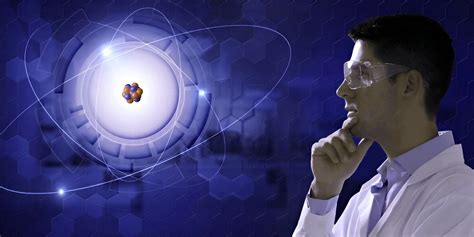India’s Scientific Breakthroughs in 2025: From Space to Health
India is making significant strides in science and technology in 2025, with notable advancements across various fields.
Indigenous Space Technology: Vikram 3201 Microprocessor
The Indian Space Research Organisation (ISRO) has developed evolution gaming provider Vikram 3201, India’s first fully indigenous 32-bit space-grade microprocessor. Launched in September 2025, this microprocessor is designed for launch vehicle avionics and space missions. Developed with the Semiconductor Laboratory (SCL) in Chandigarh, Vikram 3201 features a customized instruction set architecture and supports advanced programming languages like Ada and C. This achievement underscores India’s growing capabilities in space technology and microelectronics.
Environmental Conservation: Spiti Valley Biosphere Reserve
In a significant environmental development, Spiti Valley in Himachal Pradesh has been designated as India’s first cold desert biosphere reserve under UNESCO’s Man and the Biosphere (MAB) programme. Spanning over 7,770 square kilometers, this reserve encompasses ecologically significant areas such as Pin Valley National Park and Kibber Wildlife Sanctuary. The region hosts a rich biodiversity, including 655 herb species and 119 bird species, with the Snow Leopard serving as the flagship species. This recognition is expected to boost conservation efforts and eco-tourism in the region.
Healthcare Innovation: Cancer Genome and Tissue Bank
The Indian Institute of Technology (IIT) Madras has launched a Cancer Genome and Tissue Bank aimed at transforming cancer treatment in India. This initiative addresses the genetic diversity of Indian patients by collecting and analyzing genetic and tissue data to facilitate the development of more effective, targeted treatments. The establishment of this bank marks a significant step forward in personalized cancer care and precision medicine in India.
Air Quality Monitoring: Advanced Gas Sensor Technology
Researchers at Lucknow University (LU) have been awarded an Indian patent for their innovative gas sensor technology. The sensor, utilizing cobalt zinc antimonate, is designed to detect harmful gases at low concentrations, offering enhanced sensitivity and long-term stability. This breakthrough enables precise air quality monitoring, industrial safety through early detection of toxic gases, and supports public health by mitigating pollution-related diseases.
Educational Advancement: Mathematics Programme at IIIT Naya Raipur
The International Institute of Information Technology (IIIT), Naya Raipur, has launched a six-day programme titled “Initiation into Mathematics” from October 1 to 6, 2025. The initiative aims to foster mathematical thinking and problem-solving skills among undergraduate students. The programme features lectures from notable academicians and provides students an opportunity to explore mathematical ideas beyond traditional textbooks, bridging the gap between college-level education and advanced academic expectations.
